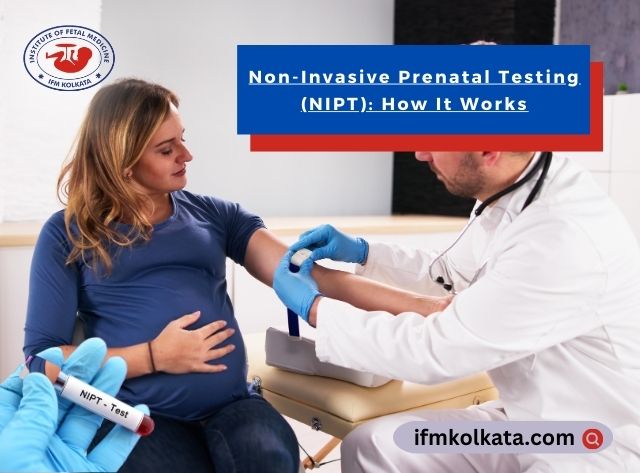Non-invasive prenatal testing (NIPT) has revolutionized prenatal care by offering a highly accurate and risk-free method for screening genetic conditions in the fetus. NIPT analyses small fragments of fetal DNA circulating in the mother’s blood, providing early detection of chromosomal abnormalities, such as Down syndrome (Trisomy 21), Edwards syndrome (Trisomy 18), and Patau syndrome (Trisomy 13).
Unlike traditional diagnostic tests like amniocentesis or chorionic villus sampling (CVS), which carry a small risk of miscarriage, NIPT poses no risk to the pregnancy because it only requires a blood sample from the mother. This makes NIPT an appealing option for expectant parents who want to screen for genetic conditions without putting the fetus at risk.
Typically performed after 10 weeks of pregnancy, NIPT can also determine the baby’s sex and may detect other genetic conditions, depending on the test’s scope. However, it’s important to note that NIPT is a screening test, not a diagnostic one. While it is highly accurate—especially for detecting Down syndrome—positive results must be confirmed with diagnostic tests such as amniocentesis or CVS to provide definitive answers.
NIPT has become widely accepted as part of routine prenatal care, particularly for women who are at higher risk of chromosomal abnormalities due to advanced maternal age or a family history of genetic disorders. However, some ethical concerns have arisen, particularly regarding how this information is used, such as the potential for selective pregnancy terminations based on the baby’s genetic profile.
NIPT provides a safe, early, and reliable method for screening genetic conditions during pregnancy, giving expectant parents crucial information to plan for their child’s future health.

